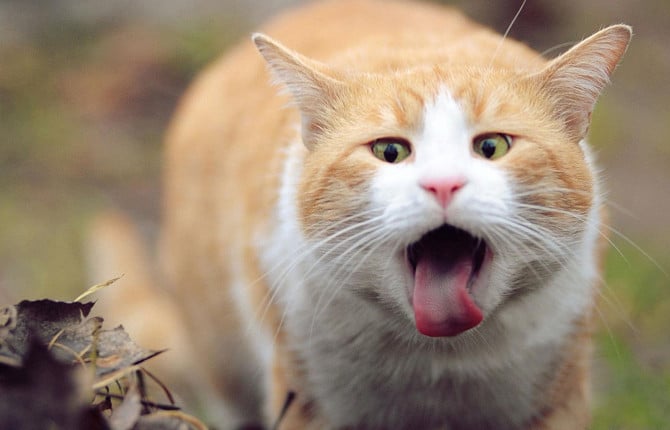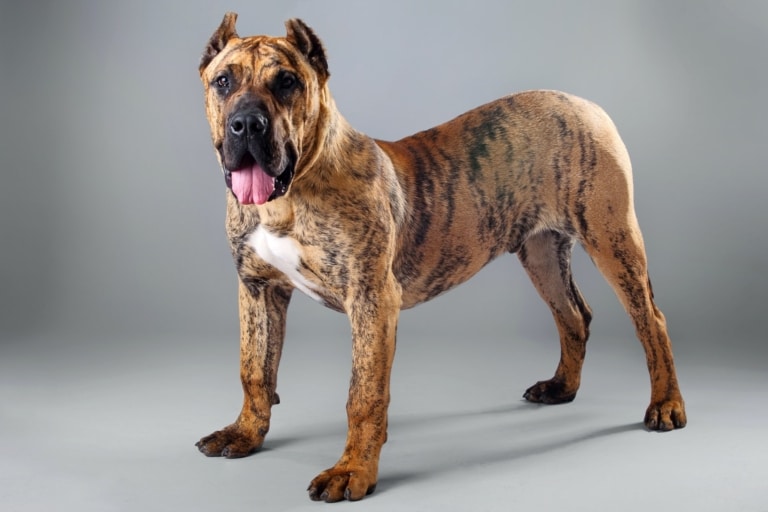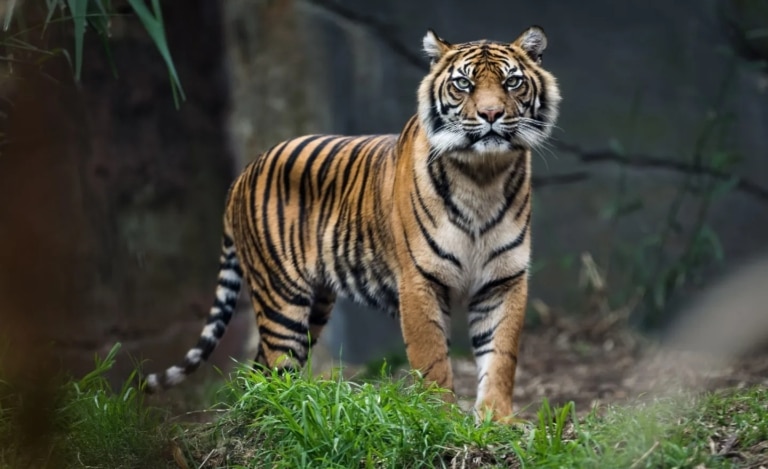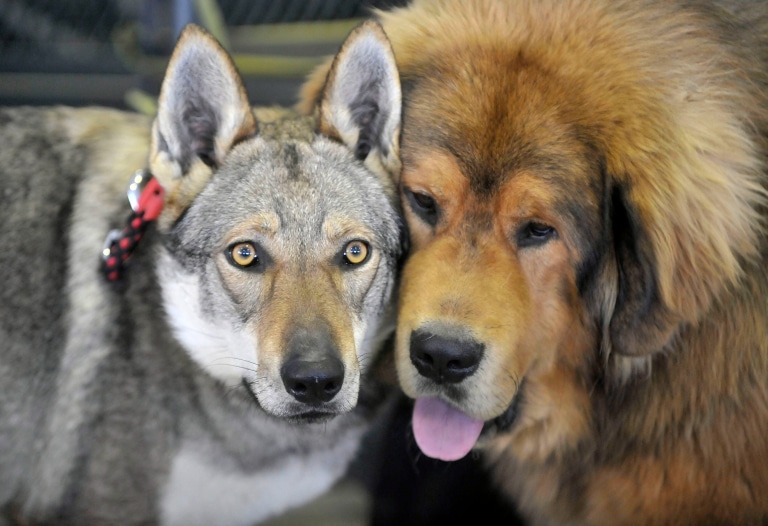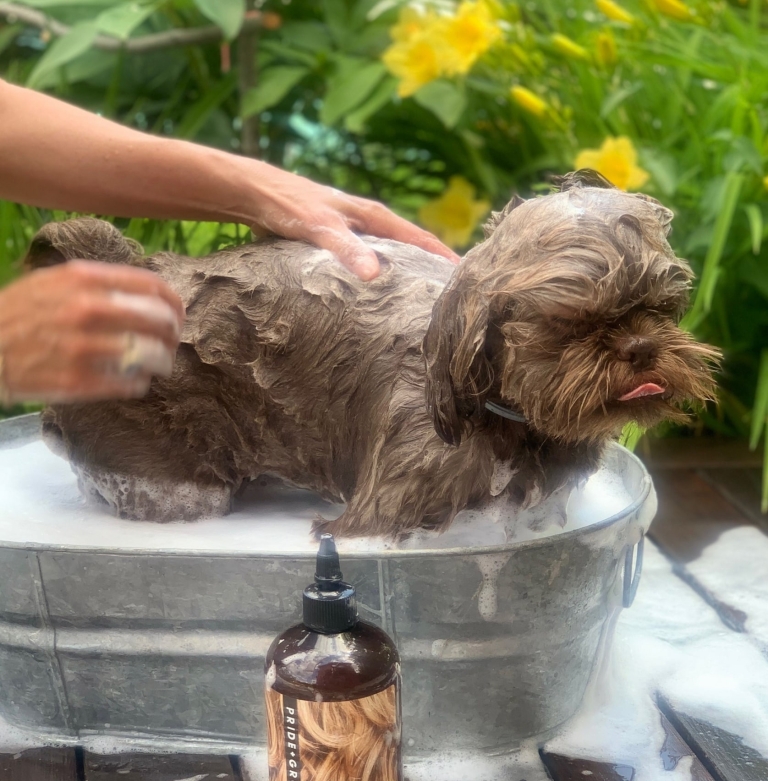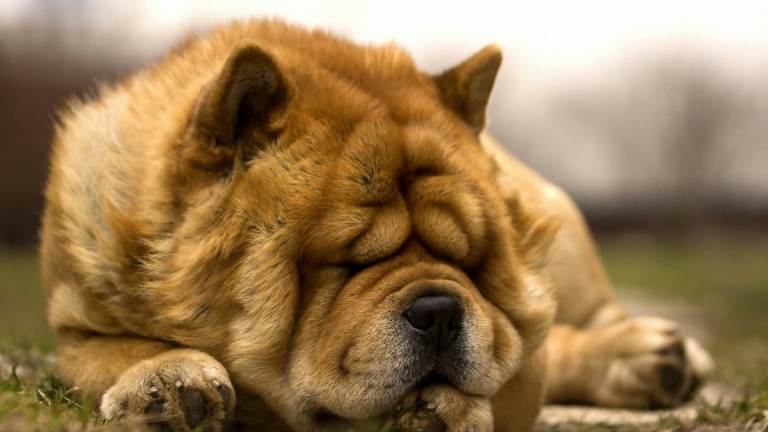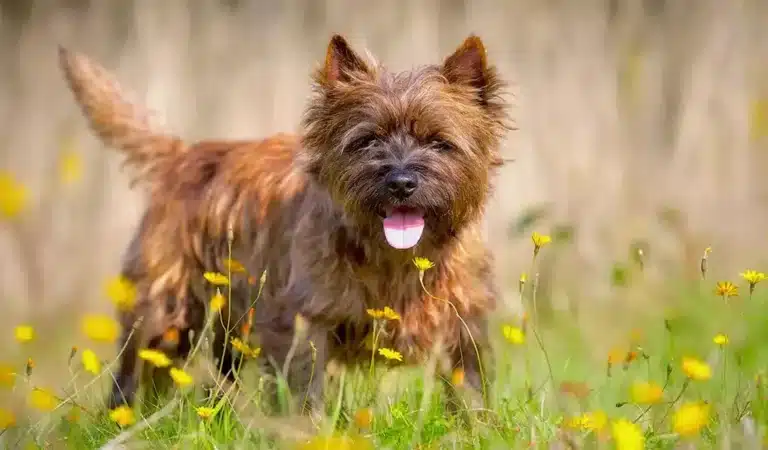What are hairballs (trichobezoars) and why do they occur in cats
Balls of wool in a cat’s stomach: what is it and how to help your pet?
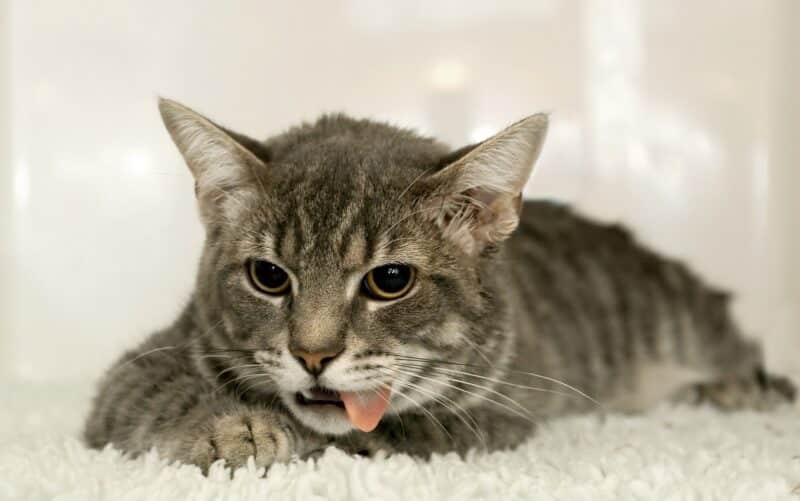
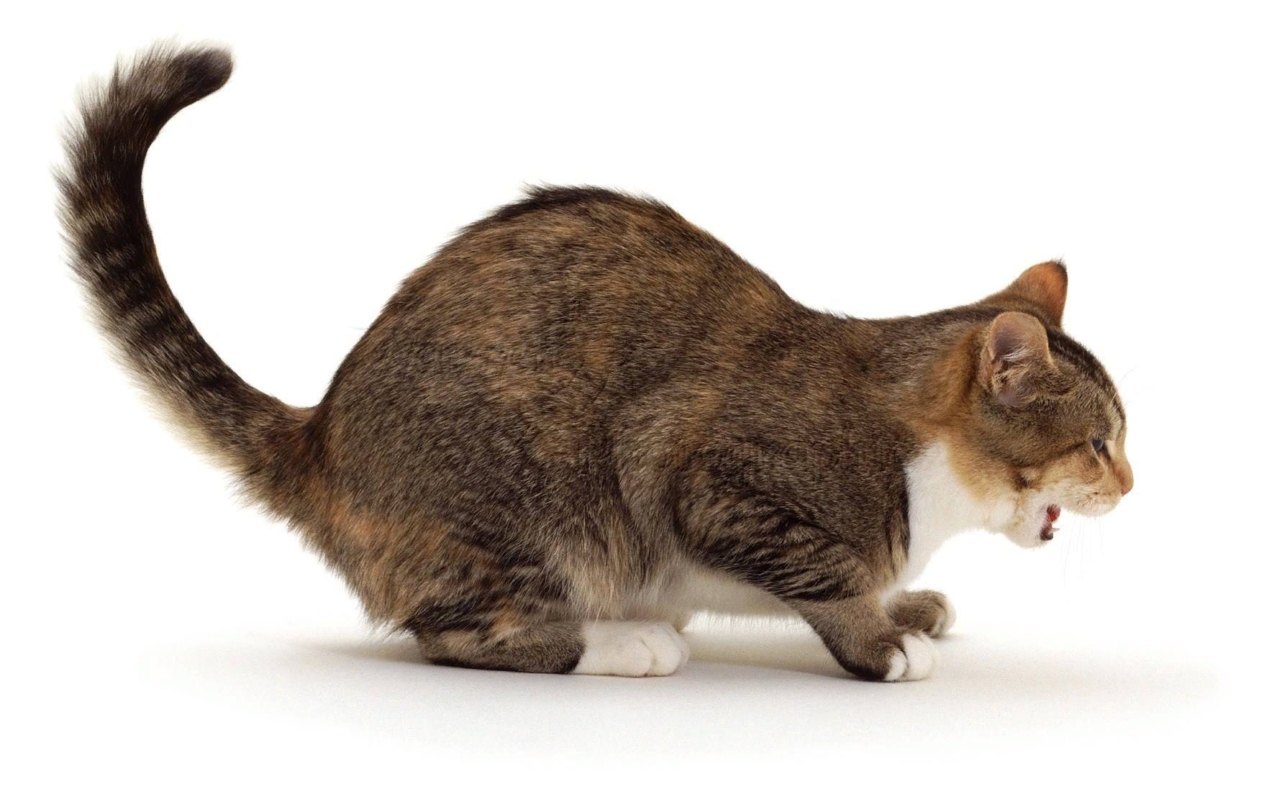
Our pet cats are known for their love of cleanliness. They wash themselves regularly, licking themselves with their tongue, which is covered with small spikes. This natural process allows them to remove dirt, parasites and excess fur. However, during such self-care, part of the fur gets into the stomach. Wool usually passes through the digestive tract and is excreted naturally, but sometimes it can accumulate, forming so-called wool balls, or trichobezoars.
What are wool balls?
Balls of wool (trichobezoars) are formations that consist of clusters of wool that could not leave the body naturally. They can linger in the cat’s stomach or small intestine, causing discomfort and even serious health problems.
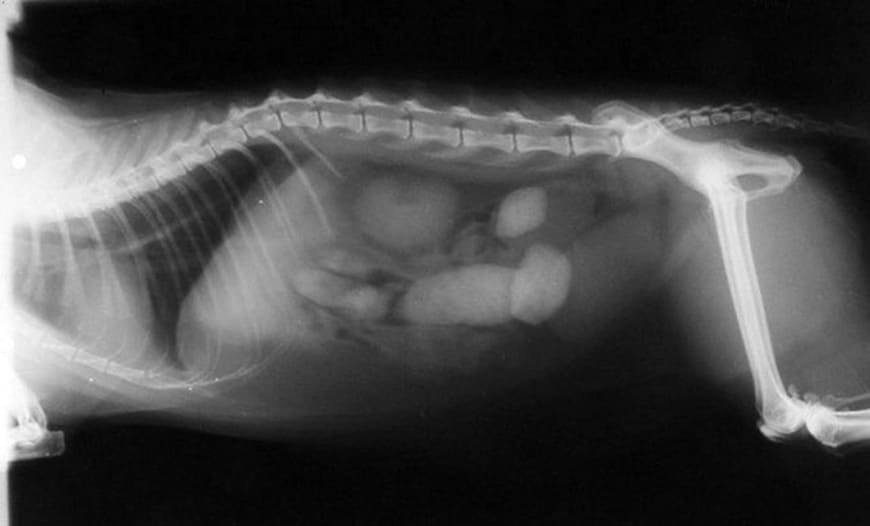
The main reasons for the formation of wool balls:
Natural self-grooming: Cats lick themselves to remove dirt, parasites and smooth their coat. At the same time, they often swallow their own fur.
- Heavy Shedding: During seasonal shedding, when cats shed more fur, the likelihood of hairballs increases.
- Long coat: Long-haired cat breeds, such as Persians, are less likely to have their coat pass through the digestive tract without forming balls.
- Improper nutrition: Insufficient fiber in a cat’s diet can impair intestinal motility, which contributes to the accumulation of fur in the stomach.
To prevent the formation of trichobezoars, you can add to the cat’s diet special foods that promote hair removal, or give special pastes that help split and remove hair. Brushing your cat regularly also helps reduce the amount of hair it ingests.
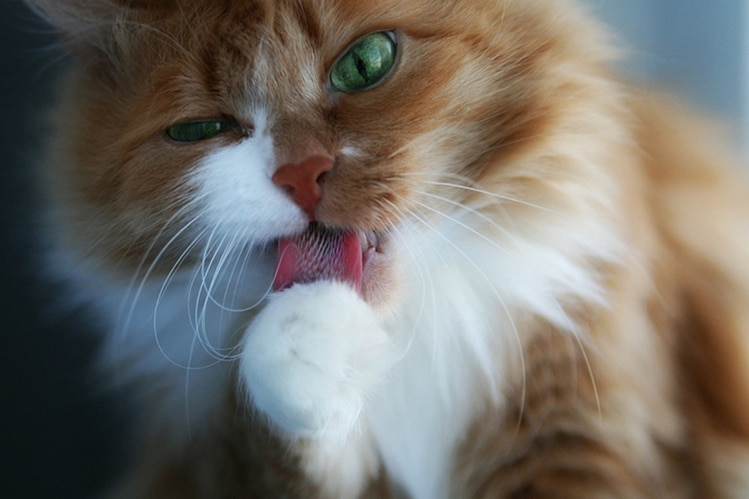
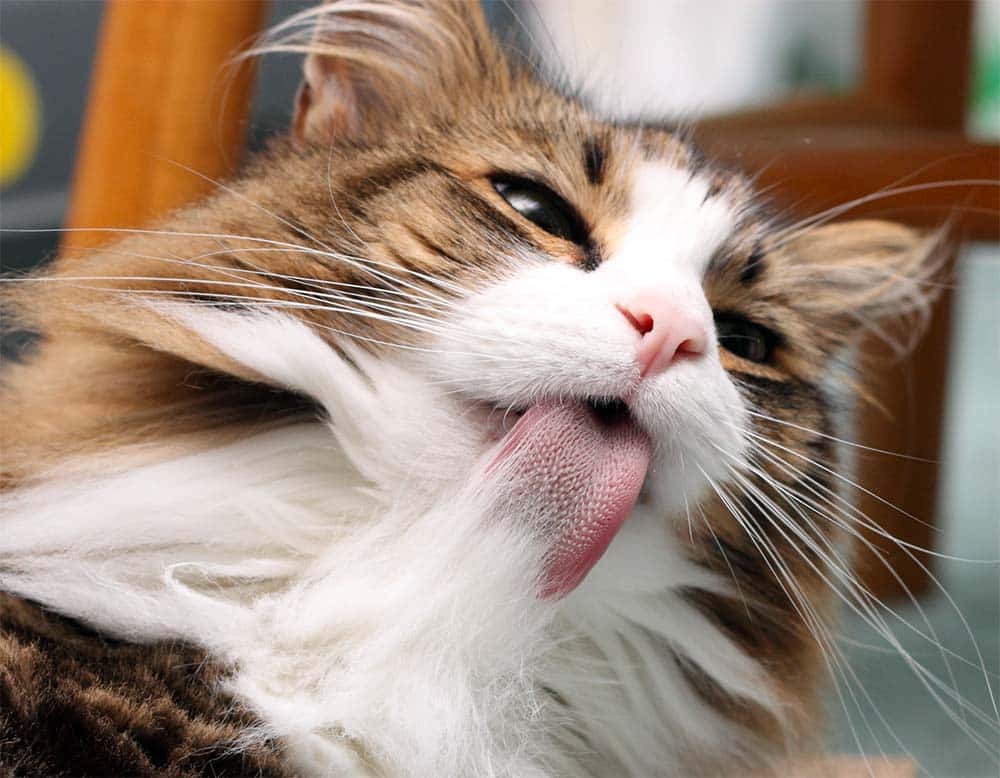
How cats take care of themselves and why fur accumulates in the stomach.
As we’ve already learned, cats groom themselves by licking, which is an instinctive behavior that helps them keep themselves clean, regulate body temperature, stimulate circulation, and relax. At the same time, they use their rough tongue, covered with tiny hooked papillae, which help to remove dirt, untangle the coat and remove the old undercoat.
How is self-care?
- Coat licking: Cats regularly lick their coat to remove dirt, dust and parasites. They also evenly distribute natural skin oils, which makes the coat healthy and shiny.
- Body temperature regulation: By licking themselves, cats can cool themselves in the heat by evaporating moisture from the surface of their skin.
- Stress relief: Licking helps cats relax and calm down, as this process stimulates the release of endorphins – the “happy hormones”.
Cats inevitably swallow some of their fur when licking. Since wool consists of keratin, a protein that is not digested by the stomach, wool does not break down and dissolve in the gastrointestinal tract. Usually, a small amount of wool passes through the digestive tract and is excreted in the feces. However, if too much hair accumulates, it can clump together into tight clumps or balls called trichobezoars.
Factors that contribute to the accumulation of wool
In fact, there are many factors that can affect the occurrence of this problem in cats, let’s try to consider the main ones:
- Long coat: Long-haired cats, such as Persians or Maine Coons, are more likely to develop hairballs due to the large amount of hair ingested.
- Heavy shedding: During seasonal shedding, cats shed more fur and are more likely to ingest more.
- Improper nutrition: Insufficient fiber in the diet can slow down digestion, which contributes to the accumulation of hair in the stomach.
- Sedentary lifestyle: Sedentary cats can have slower intestinal peristalsis, which also contributes to the formation of trichobezoars.
Symptoms of hairballs in a cat
Symptoms can be different, they can be manifested by the following manifestations:
– Frequent vomiting (especially after eating or drinking);
– Dry cough or sneezing;
– Decreased appetite;
– Constipation or, conversely, diarrhea;
– Apathy or fatigue.
If you notice these symptoms in your cat, you should contact your veterinarian.
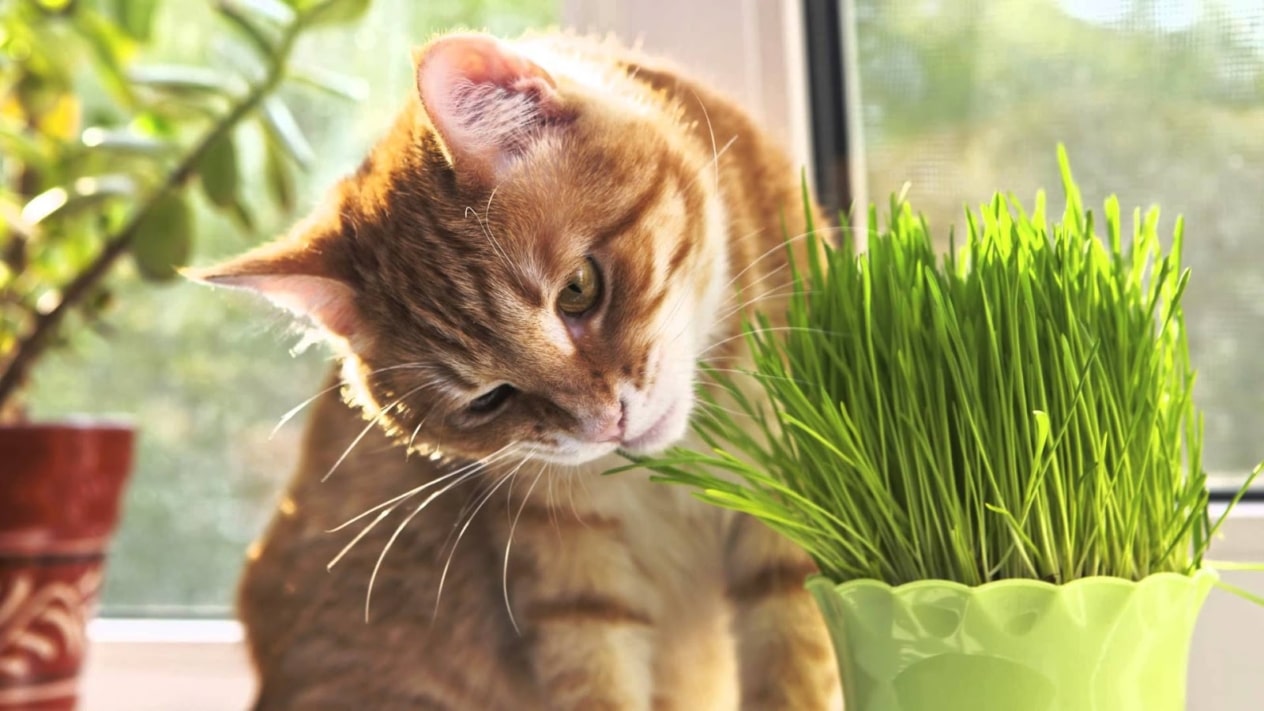
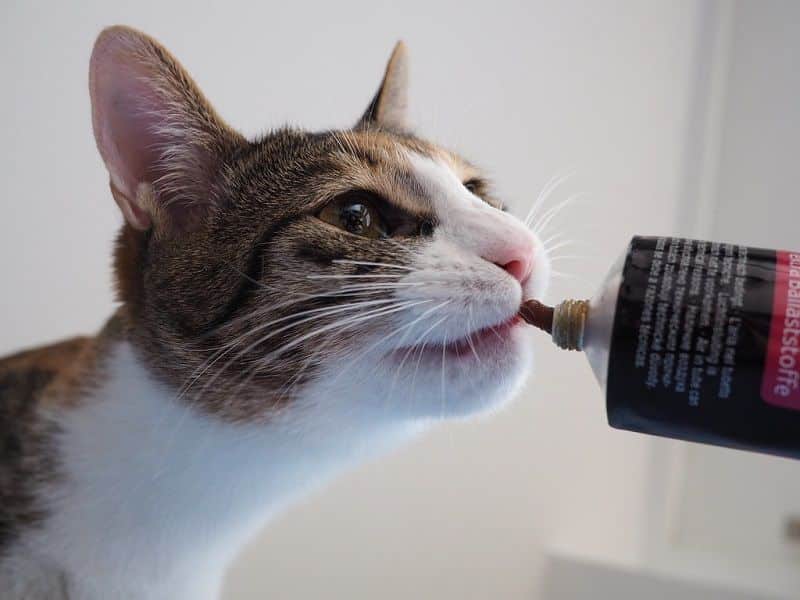
How to help your cat avoid furballs?
Although hairballs are a common occurrence, there are several effective ways to help reduce the risk of them forming:
- Regular brushing. It is especially important to brush long-haired cats, such as Maine Coons or Persians. Regular brushing helps to remove excess fur and reduce the amount of fur that the cat can eat while licking.
- Special feeds. There are feeds designed to prevent the formation of wool balls. They contain fiber, which helps wool pass more easily through the digestive tract.
- Hair removal paste. This product contains natural oils and fats that lubricate the intestines and help hair to be removed from the body more easily. Such pastes can be purchased at pet stores or veterinary clinics.
- Stimulation of physical activity. Active games stimulate intestinal peristalsis, which contributes to the natural removal of fur.
- Regular examinations at the veterinarian. A veterinarian will help diagnose digestive problems in time and prescribe the appropriate treatment or diet.
- Regular and correct grooming. Grooming a cat is an important component of preventing the formation of wool balls in the cat’s stomach and ensuring its general health and comfort.
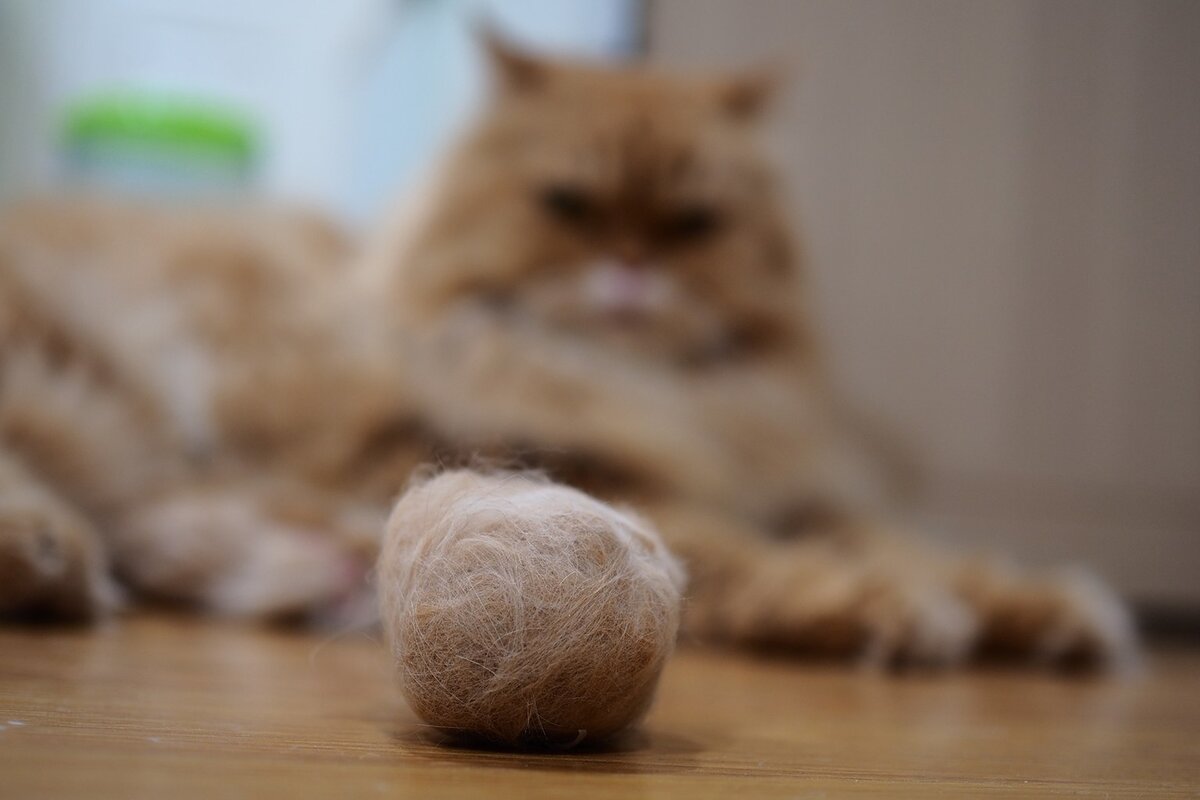
What to do if wool balls have already formed?
If your cat has already developed furballs and they are causing discomfort or health problems, your vet may recommend:
– Medical treatment. Some medications help to break down the fur or help it to come out naturally.
– Surgical intervention. In rare cases, when hairballs become too large and block the intestines, surgery may be necessary.
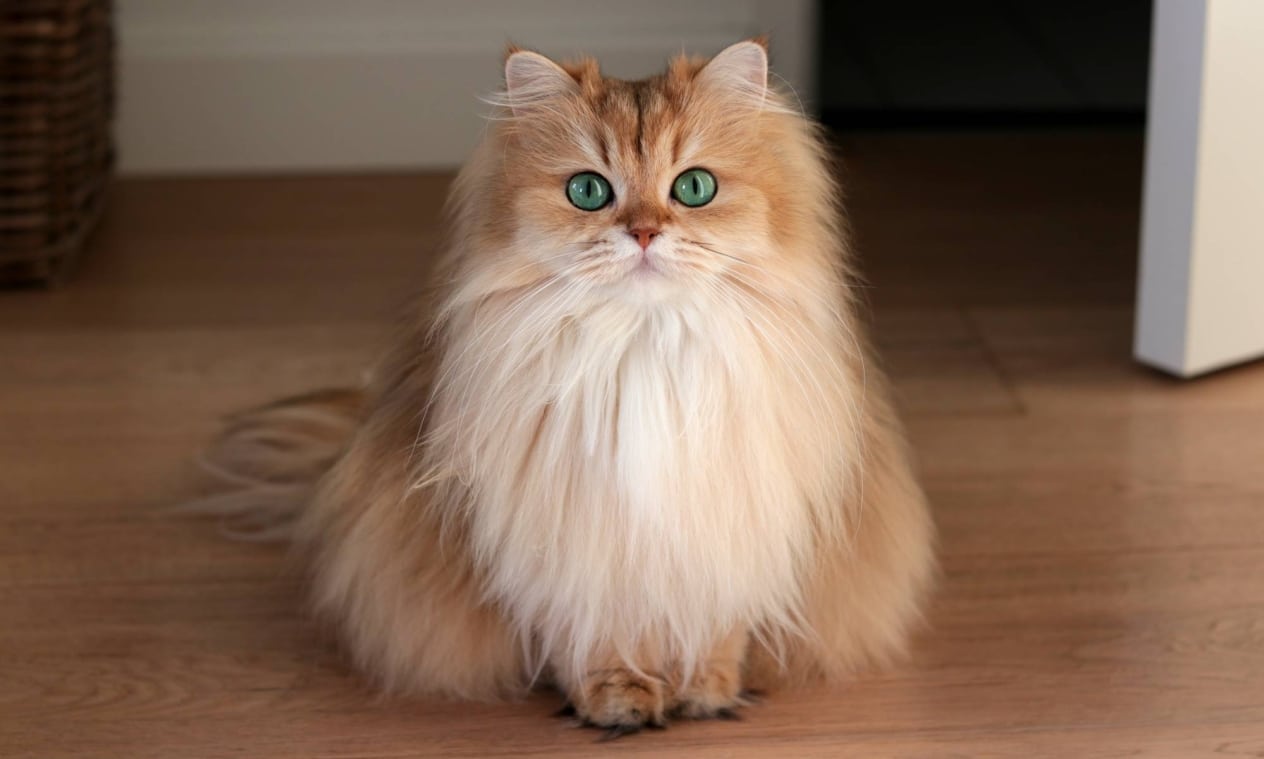
Fur balls are a problem that most cats face, especially long-haired breeds. Preventing hairballs requires a comprehensive approach, including proper coat care, a healthy diet, and regular veterinary checkups. Remember that your attention and care is the key to the health and longevity of your pet.

